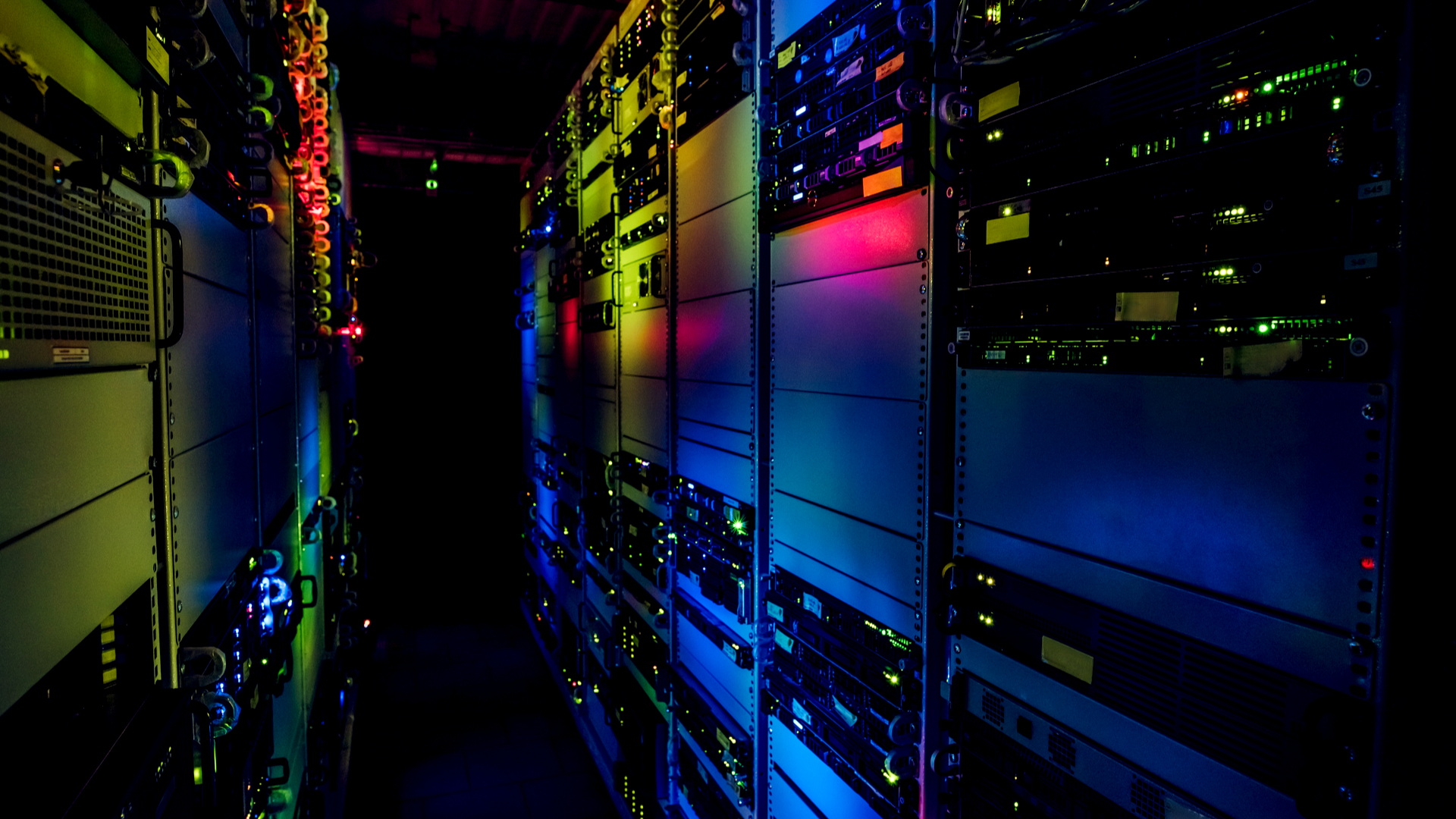Nvidia to build ‘UK’s most powerful supercomputer’
Plans to build the Cambridge-1 AI supercomputer are revealed just weeks after the firm outlined its intention to buy Arm


Nvidia has announced that it’s planning to build the UK’s most powerful supercomputer for use in medical research by a host of companies including GSK, AstraZeneca, as well as NHS organisations and universities.
Dubbed Cambridge-1, the £40 million machine would hypothetically rank as the 29th most powerful supercomputer in the global TOP500 list if it were built today, in addition to being ranked among the world’s top-three most energy-efficient in the Green500 list.
“Tackling the world’s most pressing challenges in healthcare requires massively powerful computing resources to harness the capabilities of AI,” said Nvidia CEO Jensen Huang.
“The Cambridge-1 supercomputer will serve as a hub of innovation for the U.K., and further the groundbreaking work being done by the nation’s researchers in critical healthcare and drug discovery.”
The machine will be used by pharmaceutical companies for research purposes, as well as by researchers with Guy’s and St Thomas’ NHS Foundation Trust, King’s College London (KCL) and Oxford Nanopore Technologies.
The current most powerful supercomputer based in the UK, ranked 32nd in the latest TOP500 rankings, is manufactured by the recent HPE acquisition Cray, and is used by the Met Office.
Nvidia is expecting the Nvidia DGX SuperPOD system to beat this with its touted 400 petaflops of AI performance, and eight petaflops of Linpack performance, where Linpack is a software library for performing linear algebra on computers.
Get the ITPro daily newsletter
Sign up today and you will receive a free copy of our Future Focus 2025 report - the leading guidance on AI, cybersecurity and other IT challenges as per 700+ senior executives
Cambridge-1 will be powered by 80 Nvidia DGX A100 systems connected by the firm’s own end-to-end networking technology in order to handle the most challenging AI training, inference and data science workloads at scale.
Nvidia claims that traditional supercomputers may take years to deploy, while the modular DGX SuperPOD architecture it’s deploying will allow the system to be installed and become operational within weeks.
The announcement has followed the news that Nvidia is in the process of closing an approximately $40 billion deal for the UK-based chip manufacturer Arm. Although the deal looks set to go ahead, there has been significant opposition from politicians as well as many businesses concerned that an acquisition might undermine the UK’s strategic position in the tech industry.
An Arm-fitted supercomputer, incidentally, was declared the most powerful supercomputer in the world for the first time when the latest TOP500 rankings were released in June 2020.

Keumars Afifi-Sabet is a writer and editor that specialises in public sector, cyber security, and cloud computing. He first joined ITPro as a staff writer in April 2018 and eventually became its Features Editor. Although a regular contributor to other tech sites in the past, these days you will find Keumars on LiveScience, where he runs its Technology section.
-
 Bigger salaries, more burnout: Is the CISO role in crisis?
Bigger salaries, more burnout: Is the CISO role in crisis?In-depth CISOs are more stressed than ever before – but why is this and what can be done?
By Kate O'Flaherty Published
-
 Cheap cyber crime kits can be bought on the dark web for less than $25
Cheap cyber crime kits can be bought on the dark web for less than $25News Research from NordVPN shows phishing kits are now widely available on the dark web and via messaging apps like Telegram, and are often selling for less than $25.
By Emma Woollacott Published